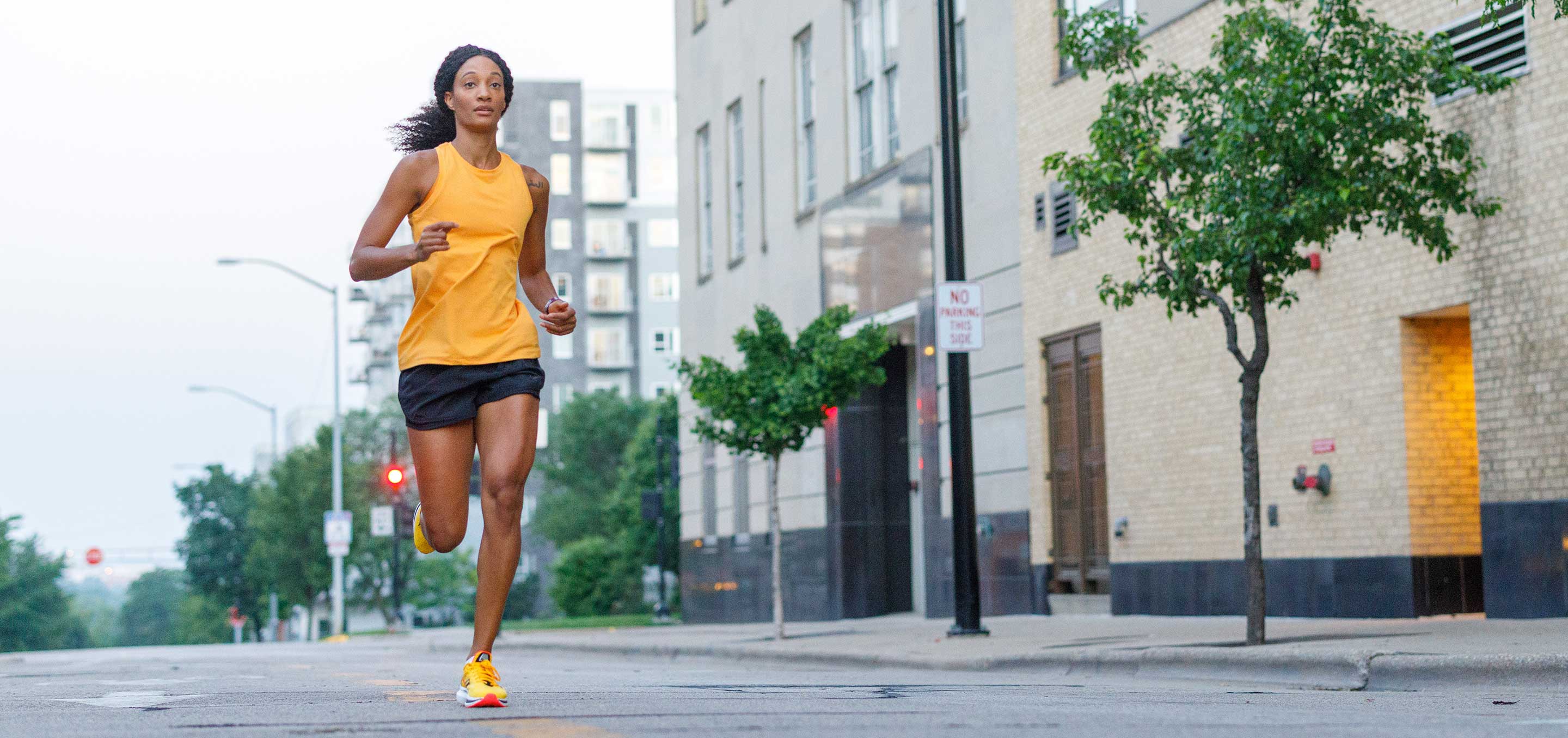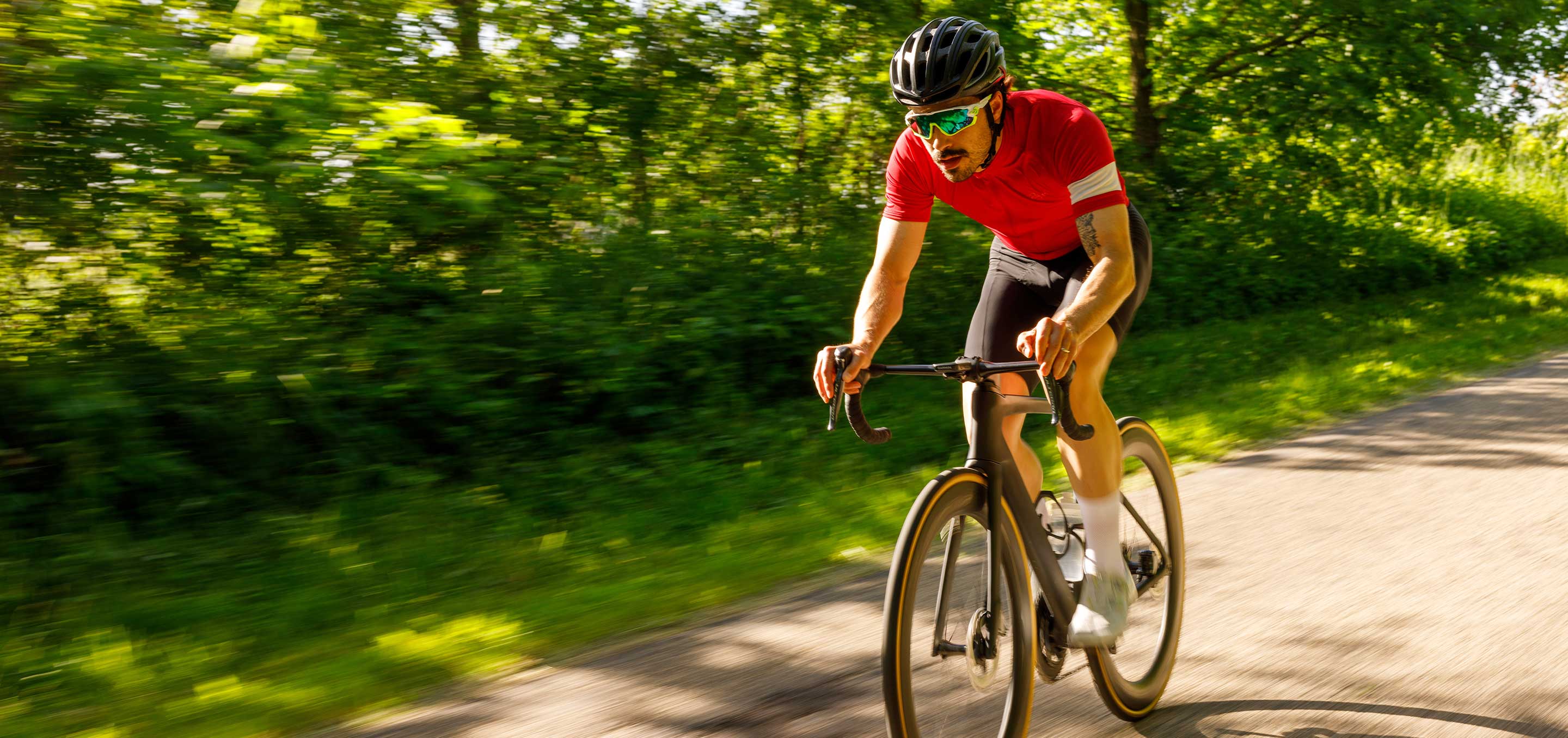How to Practice Pickleball Alone

4 Pickleball Drills You Can Do at Home
Every athlete knows the only true way to get better at your sport is to practice. Practicing pickleball helps you stay consistent with your shots, work on agility, and build reflexes. Putting in time might seem hard when you don’t have someone to play with, but there are several ways you can improve your pickleball skills on your own.
This article covers why and how to practice pickleball alone with example pickleball drills to set you up for success in your next match. Become a pro with the best ways to practice pickleball at home by CURREX® PICKLEBALLPRO™ insoles, the official insoles of Major League Pickleball.

How can I practice pickleball by myself?
Players can practice pickleball on their own with solo drills either at home against a wall or on a court. These repeated exercises mimic shots with or without hitting the ball to improve your form, confidence with equipment, and reflexes on the court.
Solo drills let you practice specific movements over and over while getting a feel for the footwork and mechanics required to execute a shot. Both beginners and advanced picklers should practice on their own if they want to hone their technique and step up their game.
What You’ll Need
You can practice pickleball on a wall at home, in your garage or backyard. Having access to a pickleball court is best, but not necessary. The gear you need includes:
- Pickleballs (multiple if working on your serve)
- A paddle
- A flat wall
- A portable net or tape for marking lines
Wear the same shoes you wear for games during practice along with pickleball insoles to reduce fatigue and train longer. Designed to meet the demands of the sport, CURREX PICKLEBALLPRO insoles have targeted forefoot cushioning, dynamic arch support, and non-slip grip for a more responsive, comfortable feel on the court.

What are pickleball wall drills?
Playing pickleball against a wall is one of the most effective ways to improve your reaction times since the wall acts like an opponent. You can buy a pickleball practice board to hang on a wall, use a portable net, or make your own pickleball practice wall using tape:
- On a flat wall, put down a long line of tape 36 inches from the ground. (A real pickleball net is 36 inches high at the sides and 34 inches in the center.)
- Create a box at the top of the “net” in the center to use as a target.
- Place a line of tape on the ground 7 feet from the wall. This is your kitchen, or non-volley zone.
4 Ways to Practice Pickleball at Home
Before you start practicing, brush up on the official rules of pickleball to make sure your shots are legal. Then, check out these tips on getting the perfect pickleball serve. Now that you’re ready, here are four agility-driven pickleball wall drills every pickler should practice:

1. Warm Up Dink Shots
Start warming up for faster paced drills by standing a few feet from the wall and hitting controlled dinks against it. This drill helps improve confidence with the paddle and builds hand-eye coordination.
- Drop the ball in front of you so it bounces once.
- Hit the ball gently with the center of your paddle.
- After each bounce, continue to hit the ball against the wall and over the net line.
- Warm up for 5 to 10 minutes.
You can perform this drill with forehand dinks, backhand dinks, or a combination of both. After a few minutes, consider switching to volleys instead. Keep your shots relaxed but intentional so you can focus on your form and technique.
2. Alternating Wall Volleys
Build your confidence and skills in a high-paced rally by hitting the ball repeatedly against the wall while alternating shots. This exercise is great to do after a warmup and teaches control close to the non-volley zone to avoid kitchen foot faults.
- Stand behind the kitchen line and drop the ball in front of you.
- Allow the ball to bounce.
- With a loose wrist, hit the ball in the center of your paddle on the upward bounce.
- Continue to volley the ball, alternating between forehand and backhand shots.
- For additional practice, consider switching between volleys and dinks.
Great for endurance, control, and wrist strength, you can increase or decrease the strength of your shot based on how it returns. Drive the ball and practice other shots by slowly moving further back from the kitchen line.
3. Lateral Shuffle with Volleys
Agility drills are key to enhancing your endurance and reaction times on the court. Instead of just shuffling back and forth doing suicides, you can incorporate lateral movements with your wall drills.
- Start behind the kitchen line at the beginning of the taped line on the wall.
- Drop the ball in front of you.
- Hit the ball with a forehand volley.
- Shuffle to the right and, on the return, hit the ball with a backhand volley.
- Continue to alternate between volleys, shuffling down the net line.
- Once you’ve reached the end of the net, repeat the exercise backwards.
Wearing pickleball insoles with shock absorbing cushioning in the forefoot helps absorb impact and return energy during these fast-paced lateral movements. CURREX sport insoles also have a stabilizing heel cup to keep you balanced, reducing fatigue and helping you perform better.
4. Serve with Split-Steps
The most important shot to practice in pickleball is your serve because it’s the only way to score. You also want to control where your body goes after you serve. The split-step is a move that lets you go in any direction after a shot, giving you balance and control.
In a split-step, you will first serve the ball, then jump slightly off the ground, land on the balls of your feet, and push off in the direction of the oncoming ball. Split-steps also let you reset your stance between shots.
To start this exercise, tape another line 15 feet behind your non-volley zone line to create a baseline.
- Stand behind your “baseline.”
- Mimic an underhand serve by holding the ball in one hand and swinging your paddle up with the other until you make contact.
- Immediately hop into a split-step, landing on the balls of both your feet.
- Once you get a handle on the split-step, you can hit the ball, repeating steps one to three.
- Each time you hit the ball, perform a split-step in the direction that the ball returns.
- Once you’ve reached the kitchen, cycle back and repeat.
By practicing your underhand serve with a split-step, you can learn how to control your serve and your body on the court. When you push off toward the direction of the return, you have an easier time predicting the ball’s movement and changing directions.

More Practice, Better Performance with CURREX
There are plenty more pickleball wall drills that beginners, intermediate, and advanced picklers can practice including additional serve drills, drop shots, lobs, and overhead smashes. With CURREX PICKLEBALLPRO insoles, you can spend more time on the court with less fatigue and more comfort whether you’re practicing alone or with a partner.
References:
Gilman, A. (2023, July 11). Practicing Pickleball On Your Own. PPA Tour.
How Do You Practice Pickleball Alone? (n.d.). Paddletek Pickleball.







